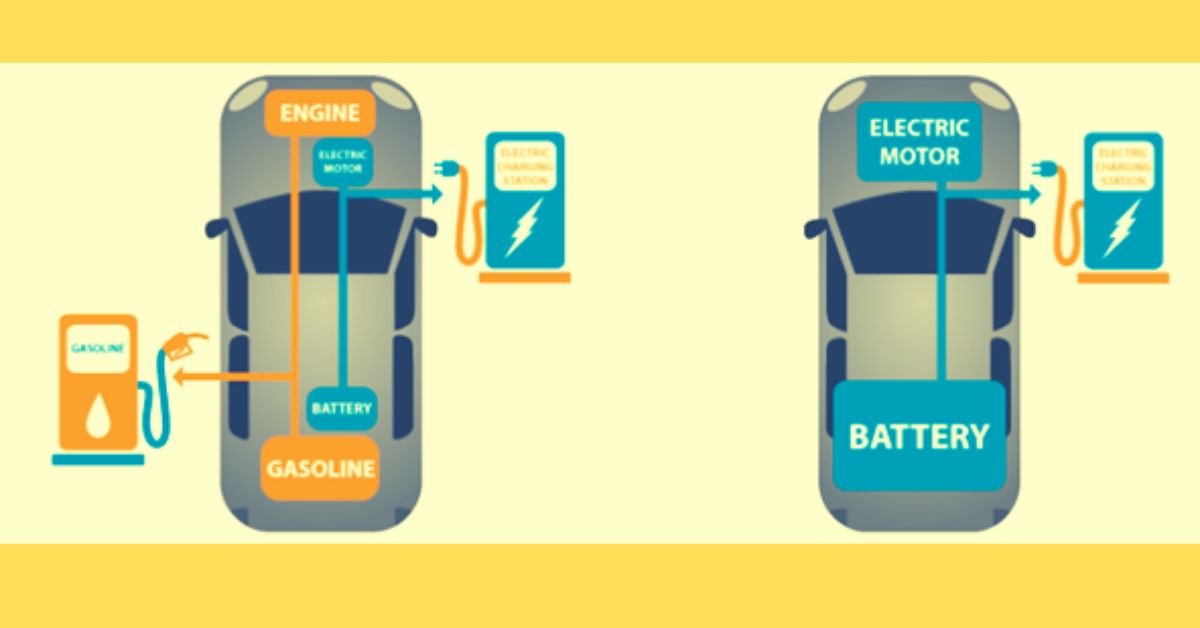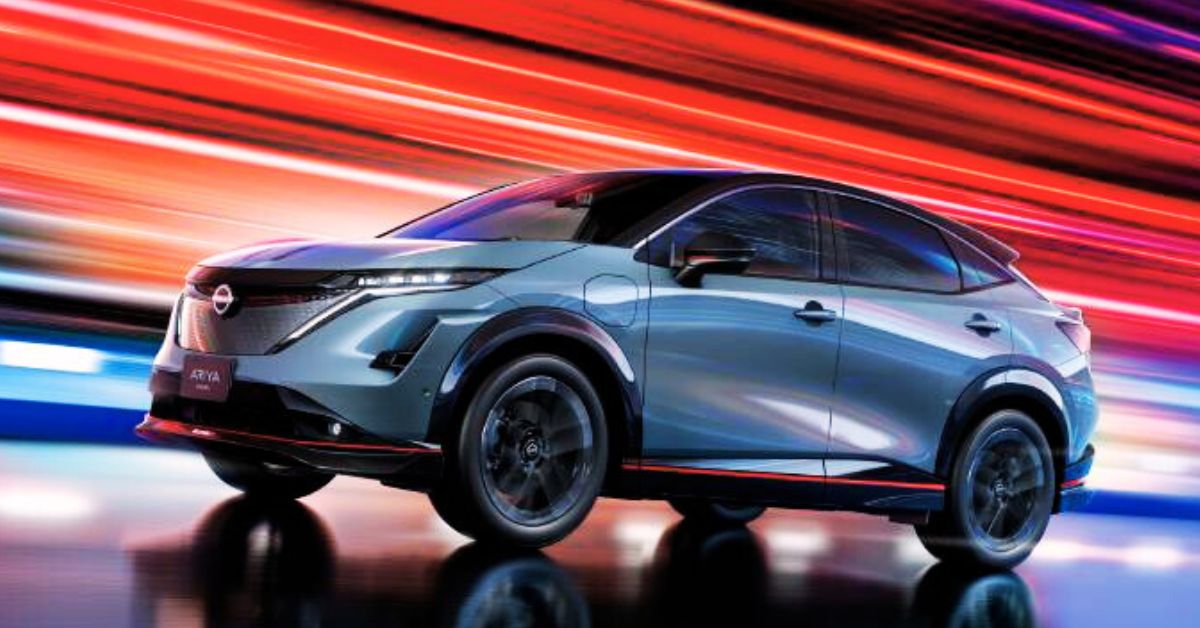
The plug-in hybrid has become quite popular in the EV revolution, almost like the prom queen. Unlike fully electric cars, driving a plug-in hybrid eliminates range anxiety. During regular daily driving, it primarily uses battery power, reducing emissions. There’s no need to worry about broken chargers or dealing with customer service when it’s time for long-distance travel – just find a gas station.
Charging is the weak point in the EV revolution. People desire electric cars with a 300-mile range or more and quick recharging within 10 minutes. Unfortunately, no such electric cars are available for purchase yet. This is where plug-in hybrids step in, acting as a bridge to the electric car future, similar to how methane gas is considered a bridge to a cleaner energy future.
BYD sold more electric cars in 2023 than any other manufacturer 1.6 million. BYD has been building plug-in hybrid vehicles for 20 years. It also sold 1.4 million plug-in hybrid vehicles.
While plug-in hybrids are greener than traditional gasoline cars, their growing popularity might slow down China’s planned shift to emission-free transportation. This also has implications for North American countries relying on electric vehicles (EVs) to meet climate goals.
A typical plug-in hybrid releases approximately 4,800 pounds of carbon dioxide each year, which is less than the 6,900 pounds from a hybrid and significantly lower than the 12,500 pounds emitted by a gasoline car. Even though battery EVs have no tailpipe emissions, they still contribute about 2,700 pounds of carbon dioxide annually, depending on the electricity source used for recharging, notes the US Department of Energy.
Out of nowhere, there’s a buzz about plug-in hybrid cars. GM executives are moving fast, looking like their hair’s on fire, to quickly produce these PHEVs. The last time they rushed like this, they attempted to turn regular gas engines into a kind of diesel, but it didn’t go well. Those conversions were badly designed, and a lot of the engines failed before hitting 10,000 miles. Hopefully, GM will take this chance to learn from their past mistakes and do a better job now.
Volkswagen seems all set to ride the wave of plug-in hybrids, maybe even better than others. Just this week, they introduced their latest powertrain for PHEVs. It’s quite timely, but interestingly, Oliver Blume didn’t mention it just last week. Creating a new powertrain isn’t a quick job – it usually takes about two years to design and test it for millions of miles on real roads to find any issues. After that, there’s still some time needed to prepare the assembly lines for large-scale production.
According to a press release from Volkswagen, their new plug-in hybrid powertrain has two main parts: an electric drive motor and a turbocharged gasoline engine. They’ve swapped out the old 1.4 TSI engine for the upgraded 1.5 TSI EVO2, loaded with advanced features. This includes the TSI-evo combustion process and a variable turbine geometry (VTG) turbocharger. The combo of the TSI Miller combustion process and the VTG turbocharger is something special in the world of high-volume petrol engines. And here’s the kicker – they’re using the 1.5 TSI EVO2 in a plug-in hybrid for the first time, and there’s also a new engine version with a power output of 130 kW making its debut.
The big deal here is how they’ve mixed VTG turbocharging and the Miller cycle, which means closing the inlet valves early with high compression. This combo makes the engine super efficient and cuts down on both fuel use and emissions. Some other techy stuff includes injecting fuel at high pressure (350 bar pressure), using plasma-coated cylinder liners to reduce friction inside, and pistons with built-in cooling channels. Plus, the new powertrain comes with a fancy integrated six-speed dual-clutch transmission. It’s like they’ve packed a bunch of cool features into this engine!
In their previous plug-in hybrid, Volkswagen used a 10.6 kWh battery. But in the new system, they’ve almost doubled it to 19.7 kWh. This upgrade allows driving solely on battery power for about 62 miles (100 km) according to WLTP standards. The battery comes with new cell technology and external liquid cooling to keep things running smoothly. They’ve also introduced fresh power electronics to manage the flow between the battery and the electric drive motor. These electronics convert the battery’s direct current into alternating current for the motor. Additionally, a DC/DC converter takes care of supplying power to the 12 V electrical system.
A new charger means it is now possible to charge with up to 11 kW instead of 3.6 kW at AC charging points. That means a depleted battery can be fully charged in 2 hours 45 minutes. DC fast charging is also now included with a maximum charge rate of 50 kW. From a SOC of 10%, the battery can be charged to 80% in about 23 minutes. The charge level of the battery can now be maintained at five different levels while driving by selecting the desired mode. This feature allows the driver to use the gasoline engine only while on the highway and still have a full battery charge when driving in the city.
Having a Volkswagen plug-in hybrid at the same price as a BYD Qin Plus would be fantastic, but that’s not in the cards. Volkswagen hasn’t spilled the beans on whether or when the improved PHEV system will hit American markets or what the price tags on these plug-in hybrid models might look like.
However, PHEVs seem to have more reliability issues compared to both battery-electric and regular cars, and that might put a damper on the excitement over time. The good news is that as more charging stations pop up, the worry about running out of juice in battery electric cars may decrease. It’s like a bit of a transition period for the whole EV scene.
So, it turns out our timeline for bidding farewell to traditional cars by 2030 might be a tad optimistic – looks like we’ll need a bit more time. But here’s the real kicker: we’re standing at a crossroads where we must choose between the ease of convenience and the well-being of our environment.
Now, to truly spark up the electric vehicle (EV) revolution, we’re talking about bringing electric cars into our lives that not only won’t break the bank but are also cheaper to own than our trusty gas guzzlers. And hey, let’s make charging faster and rock-solid reliable while we’re at it. It’s like rewiring the future to make it electric, exciting, and accessible to everyone. So, who’s ready to ride the green wave?



